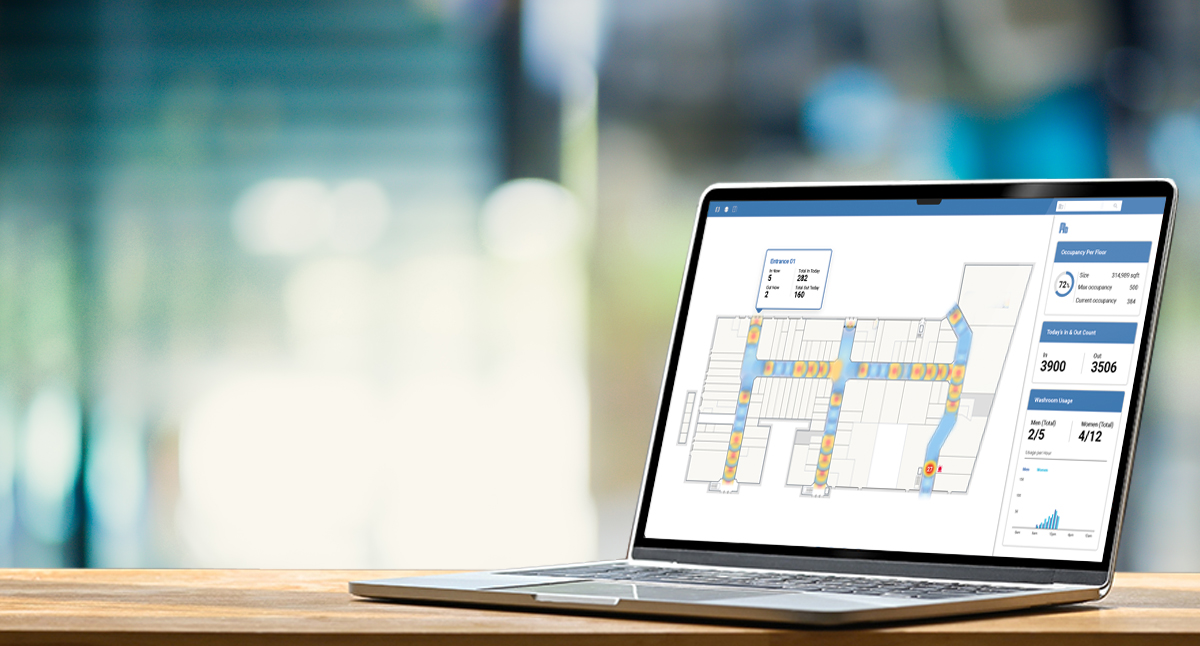BehrTech Blog
IoT Data Lakes: Driving Operational Efficiency in Smart Buildings
An interview with Rafi Dowla, Cofounder & CTO of PremiseHQ
1. Tell us about PremiseHQ. What is your focus and vision in the smart building space?
PremiseHQ was founded to help with bite sized digital transformation by breaking down the silos introduced by fragmented technology and vendor ecosystems that exist today. A single IoT data lake strategy provides real-estate stakeholders with critical information from a variety of sources, anytime, anywhere. Operations, Leasing and Asset Management functions all need to make informed decisions. Currently, much of this information is coming from siloed and proprietary vendors, sensors and internal systems. PremiseHQ provides a single pane of glass showing integrated and consolidated information. Our focus and vision in the smart building space is to provide the platform that forms the connective tissue between the various data sources and the users who consume this information.
2. How do you define a IoT data lake and its role in a smart building architecture?
The connected and consolidated IoT data lake plays a pivotal key role in smart building architecture. For a smart building to truly function efficiently and effectively, data cannot be all centrally aggregated. It needs to be normalized, standardized and connected in a distributed nature so that it can be used in multiple applications. A variety of delivery methods can be used to pull, push and connect data into the IoT data lake.
3. Do you have any use cases on how data lakes improve workflow efficiency and decision-making in commercial buildings?
Water leak detection is a great use case to demonstrate the workflow efficiency created from IoT data lakes. Since the Roman times of indoor plumbing, water leaks have created headaches and large insurance claims for building managers. With a connected IoT data lake, the damage and impact from a water leak can be mitigated early on. When a leak detection sensor is triggered from a water flow, this information can be immediately relayed to on-duty building operations staff. Workflow logic can be built in so that if another adjacent sensor is triggered, water flow is automatically turned off with the sensor’s actuator. A delay could also be built into the workflow to allow the operator to see if there’s a reason why a sensor has been triggered. If the flow is large enough, the data lake would have information about the restoration, cleaning and plumbing companies assigned to that building and automatically create a work order and dispatch crews to respond. If the location had a hazardous materials inspection done, the information would be retrieved from the data lake and included on the work order so that the appropriate technicians would be made aware of hazardous material in the area. Additional workflows would simultaneously create notifications to the impacted tenants on the floor of the leak as well as ones below. Other alerts can also be created for building staff and management and even the insurance carrier in case a claim is initiated for water damage. In this case, a data lake and its associated workflows have multiple automated steps that occur in real-time so operations staff can respond quickly and prevent or minimize any damage or corresponding issues.
4. How can the PremiseHQ platform be integrated with cross-vendor data sources, including IoT sensor data?
This is where the PremiseHQ platform excels. Many IoT sensor companies will provide a portal for viewing data and consumption. If you only have one set of sensor data this could work, but when you have data coming from occupancy, IEQ, lighting, washroom consumables etc., then the building owners and operators are forced to view multiple locations and have to manipulate the data to make operational decisions. The PremiseHQ platform can collect data from various IoT sensors through API, MQTT, Socket or other transfer methods. The platform can then deliver this data in a user-friendly format that is relevant to their job function. They can overlay multiple sensor data in one view and take required action to improve building performance or occupant comfort and safety. Cross connection and pollination of data makes a plethora of use cases possible that is unimaginable with data from a single sensor.
5. What do you think are the major pitfalls to avoid in a smart building implementation?
Many smart building implementations go off the rails because of scope creep or trying to accomplish too much at once. The best smart building projects look at a handful of key objectives that will have rapid measurable results. By selecting key use cases that solve high value building challenges, you can obtain early ROI success and the overall project will build momentum from all the various participants and fuel future successes.
6. What are key considerations for owners to ensure the long-term success of their smart building project?
Owners should ensure that they select partners that have a proven track record of working well with others. As each smart building is unique, so will be the solution and mix of vendors, sensors companies and software partners. We cannot anticipate what future solutions may look like, so having a flexible and agile platform will allow for future growth and new integrations.

Rafi Dowla
Cofounder & CTO, PremiseHQ
Rafi is a serial entrepreneur with 15 years of international experience in innovation, technology and cloud strategy. Consulted and provided strategic solutions to fortune 500 companies both in the United States and Canada. With that knowledge and experience created an Agile and Cloud first bigdata and cloud platform that enables businesses to get off the ground faster and be nimble enough to adopt changes incredibly fast. Actively contributed to Open Source community, member of Angel Investor groups in Toronto. Specialty: Real estate solution, Cross-platform Solution Architecture, System Analysis, Business Analysis, Project management, IoT, Smart and Digital Building Platforms, Data Lake and Deep Learning / Machine Learning / AI.

